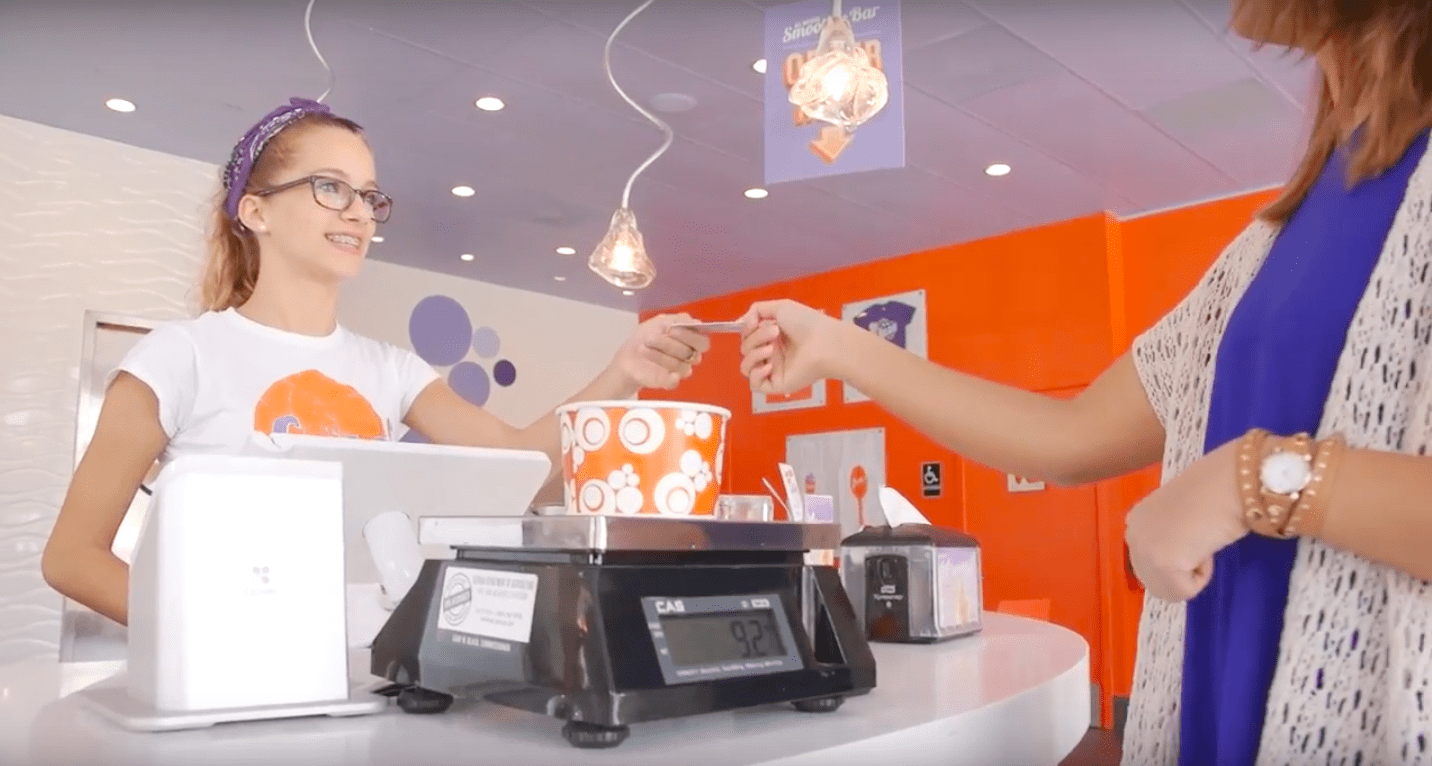Four smart ways you should approach your gift cards program
Editorial Team
6 min read
Gift cards are far from a last-minute gifting option. In fact, people love to give gift cards as gifts. In First Data’s 2018 Prepaid Consumer Insights Study [download], the company asked 2,000 consumers about gift cards and found that more than 50 percent of their annual gifting budget goes toward gift cards, with 40 percent of consumers surveyed preferring gift cards over traditional gifts. Gift cards can be an effective tool for capturing more revenue, attracting new customers, and building loyalty, but to get the most value out of gift cards, you need a solid strategy.
Here are some tips on executing a successful gifts cards program to help you grow your business:
1. Position yourself for holiday and occasion-based gift shopping–even if you’re not a retailer
Holiday and other year-round occasion-based shopping is still primarily a retailer’s game.
For small retailers, gift cards are a potential Goliath-slayer that can help them compete for gift shopping dollars against both online and brick-and-mortar retail giants. But gift cards also give non-retail businesses an opportunity to put themselves in the gift-giving mix. If you are a restaurant or service-based small business, you too can capture gift sales by offering gift cards. To do this, you’ll first need to create physical or digital gift cards. If you’re a Clover customer, you can use Clover Gift Cards to easily set up either or both types of gift cards, complete with custom branding.
After you’ve created your gift cards, you need to be intentional about marketing them to customers − a step that is crucial for success. To do this, send a series of emails to your customer list announcing the availability of gift cards and recommending them as a convenient and personal gift-giving option. Publish updates about your program on your social media accounts. Post signage inside your business, including your restaurant counter, host stations, bar and/or dining room tables, register area, waiting areas, and on your window. And train your staff to offer gift cards to patrons while they’re checking out or paying their bill. Up the ante with a prize to the highest-referring employees.
2. Have an in-store upselling strategy for gift card redemptions
You’ve sold gift cards and have the upfront revenue to show for it. It’s a great start, but the promise of gift cards for adding sales lift to your business doesn’t end there.
That’s because of the redemption process. When the gift card recipient comes to your business to make purchases, it offers your business an opportunity to earn even more revenue and attract more customers. First Data’s 2018 Prepaid Consumer Insights Study revealed, on average, that consumers spend $59 more than the original value of their gift card when they redeem it.
So roll out the red carpet when customers redeem their gift cards to further endear them to your business. Retail stores might consider keeping nicely-wrapped accessories behind the counter to add to their new customers’ purchases when those customers redeem their gift cards. This strategy can also work for appointment-based businesses: consider offering sample items that customers can use to extend the life of the service you have just provided. If you’re in the restaurant business, you can consider complimentary appetizers, desserts, or drink samples that are positioned as part of the gift redemption experience.
3. Intentionally promote repeat visits
Gift cards are a great opportunity to encourage repeat visits among new customers, and that increased lifetime value means a greater return on investment for your gift card program. Don’t leave this up to chance: here are specific actions you can take to increase the likelihood that gift card redeemers become loyal customers.
Leverage gift cards to build loyalty. First Data’s 2018 Prepaid Consumer Insights Study showed that 61 percent of consumers surveyed said they prefer to receive a gift card as a reward for loyalty over a coupon or bonus.
Since gift card recipients are already using a card to make their purchase, you’re in a great position to add them to your loyalty program upon redemption. For example, if you typically offer $5 dollars in store cash for every $100 spent, and your new customer has just used their $100 gift card, then add a $5 credit to the same card as a “sign up bonus” for your loyalty program. The nice thing about this tactic is that while it will feel like an additional bonus to the recipient, who didn’t pay for the card in the first place, it will be business as usual for you.
Sign them up for communications. Your staff can also encourage gift card users to sign up to receive texts, emails, and/or mail. You can then offer an exclusive deal or bonus points to shoppers who have enrolled for the first time. (If they’re already on your mailing list as a gift card user, you can set limitations, so certain deals do not apply).
There are two primary benefits to this tactic: 1) You’ll capture their contact information, which offers you an opportunity to reach them with new promotions over time; and 2) You will force them to sign up with you before offering additional perks, increasing the likelihood that any additional deal will promote higher lifetime value for that customer − and a return on investment for your business.
4. Track your performance, adjust, and repeat
Regular readers of the Clover blog know that we never like to miss a tracking opportunity. It’s a way to see how these tips and tactics work for your actual business, and to understand what adjustments you’ll need to make in order to improve the program over time. Remember: while the gift-giving occasions can offer a nice boost in gift card activity, gift cards are a great marketing and loyalty tool that you can implement on any day of the year.
Here are two gift card program numbers that you should track for starters:
Redemption percentage. What percentage of gift cards sold are being redeemed? Again, while gift card sales represent upfront revenue for your business, redemption is where the real action is, offering an opportunity for you to collect additional revenue. Remember: people usually spend more than the original value of their gift card.
Average ticket size for all customers vs. gift card customers. This number is a great metric for gauging how much spending differs between these two customer types. We have to talk about lifetime value again here: if spending is relatively low during the initial visit, but that new customer comes back and spends with your business again, that could mean in terms of lifetime value, your gift card program is well worth the investment.
For more helpful insights about how consumers are using gift cards, and specific ways that gift cards can help grow your business, download Clover’s full infographic, “The Power of the Gift Card.”
Sources:
*All statistics unless otherwise indicated, are available through the First Data 2018 Prepaid Consumer Insights Study, October 2018.
1Mercator Advisory Group: 14th Annual U.S. Closed Loop Prepaid Cards Market Forecasts, 2017-2020; November 2017.
Related Posts
Celebrating your staff after the holiday rush
5 tips to help small businesses cover the holiday rush with less
Popular Topics
Stay in touch
Sign up and learn more about Clover.
Thank you for your subscription!
More posts about starting a small business
eBook





